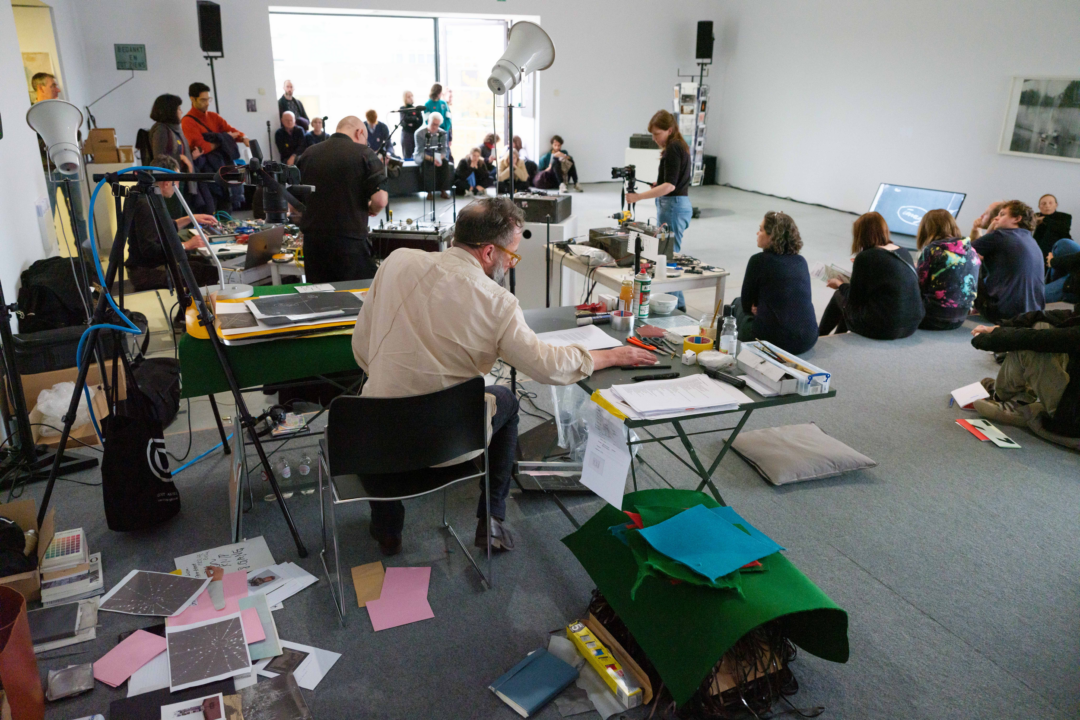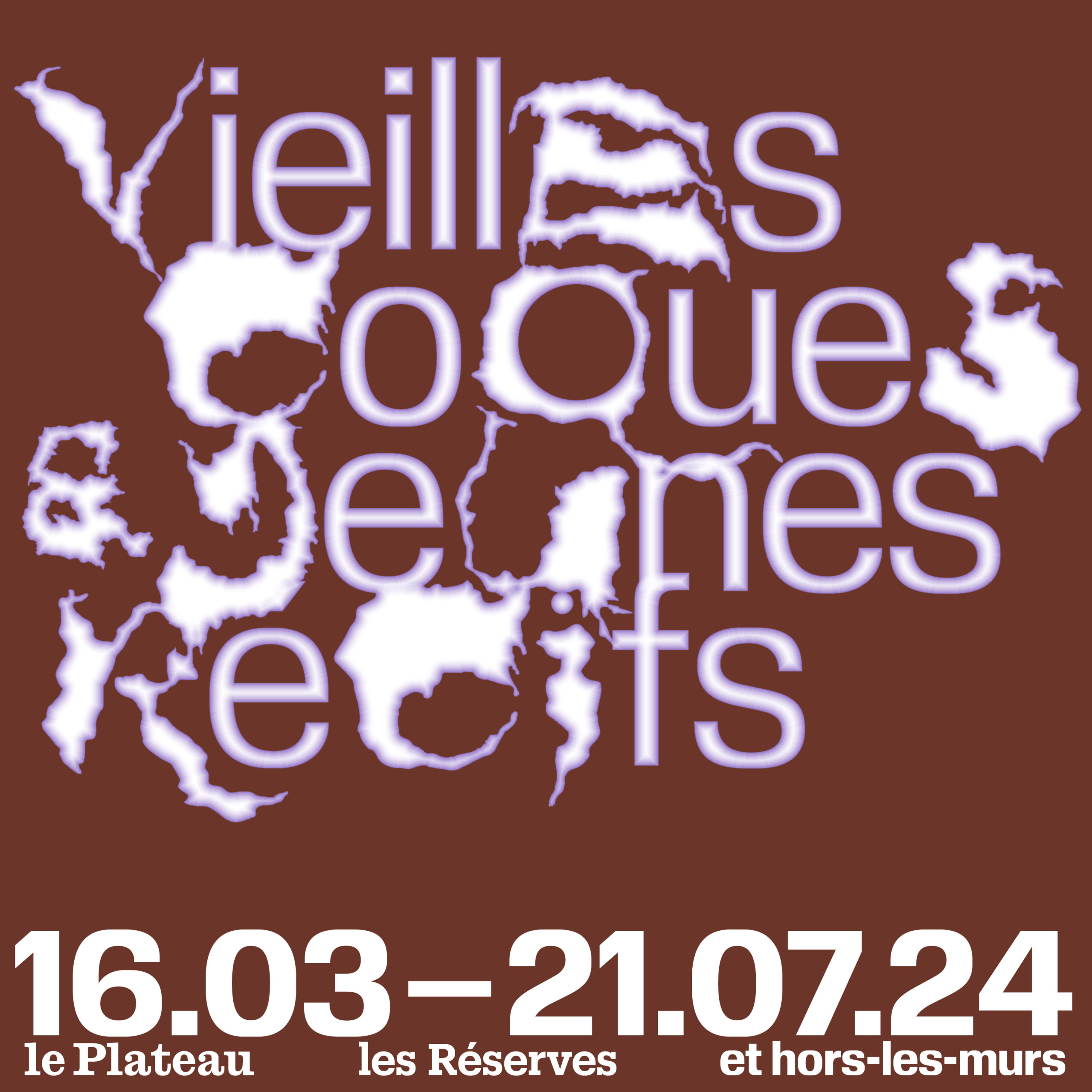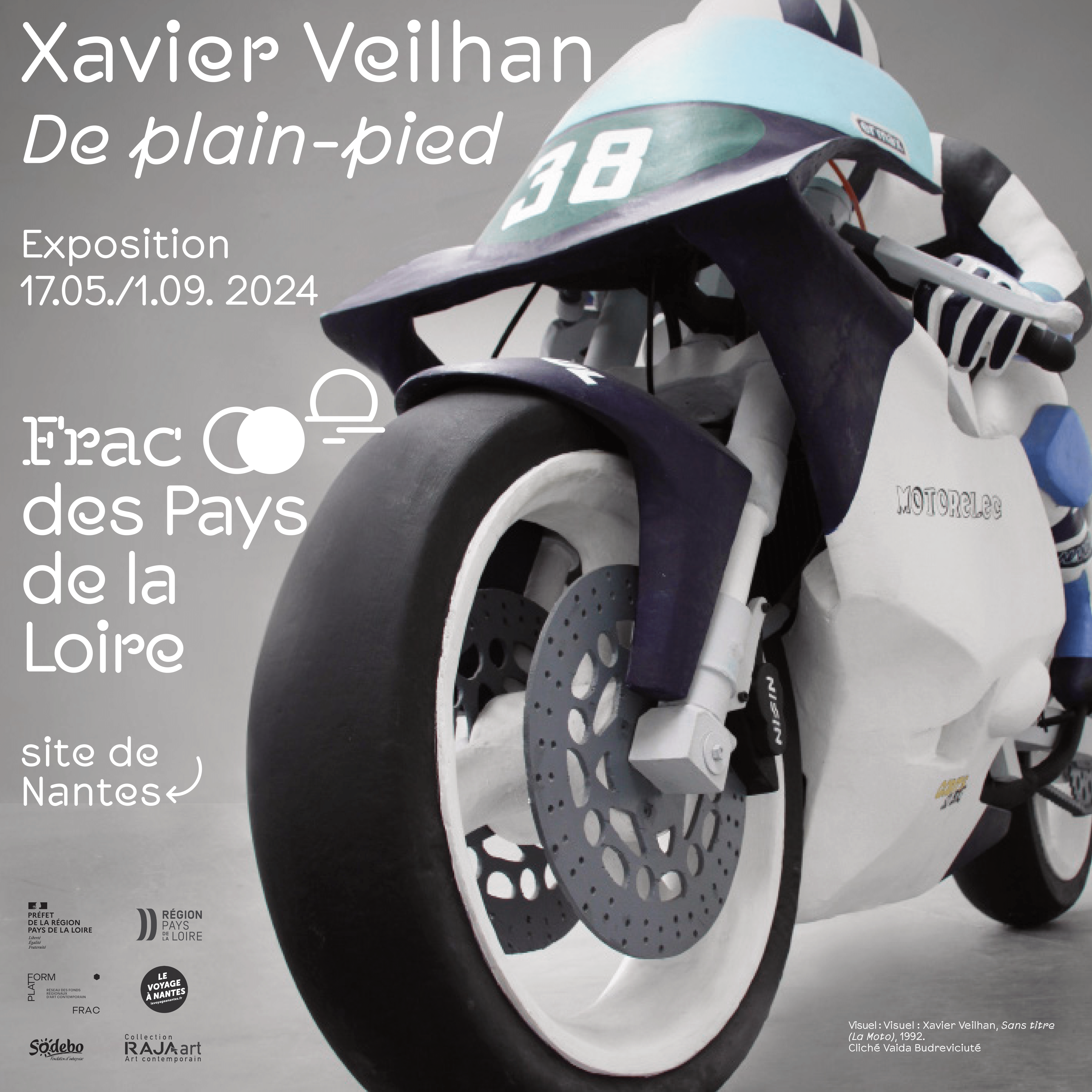Playground
Every year, the Playground festival offers a panorama of the most innovative aspects of performance art. Over the years, performance art has become a key practice in contemporary art, not to say a medium, and this has given rise to numerous discussions between theorists and artists as to how to define a phenomenon that has slowly but surely taken root at the very heart of exhibitions, as a trigger, an accompaniment or an escape from the ‘fixed’ order of the works on show. At Leuven, performance art has always been seen as a major art form, rather than as an interstitial figure that would bring an exhibition to life. The ‘Playground’ festival, which this year took place on the two sites of the Stuk and the M, explores all the different ways in which performance art is gradually breaking free from its exhibition frameworks, giving it the means to assert its singularity, on the borderline between live performance, dance, sculpture and theatre, in an extreme porosity between all these disciplines and others. More than usual, the audience finds itself at the heart of the spatial and choral movements generated by the artists; more or less in spite of itself, it is integrated into a dynamic that includes it from the outset and which, while never authoritatively enjoining it to participate, certainly invites it to become more of an actor and less passive, more of a ‘spectactor’, in a way.

Peter Morrens strolls among an audience scattered across the stage and steps of the Stuk concert hall. The artist – who is exhibiting his multi-faceted work one floor down, in which a certain sense of derision and absurdity dominates – mixes media, plays with the museum’s spaces, and runs a sound system on an overhead rail, broadcasting a monologue. He extends his universe in an immersive performance in which dissonant music mingles with untimely activations of objects, such as a postcard display that suddenly begins to rotate around its axis. Accompanied by his musician accomplices, the artist seems to be lost in the middle of a play, improvising the dialogue as he goes along, alternating between French, Flemish and English; we lose ourselves in a disjointed monologue, constantly interrupted by the glitches and whirrs of bass that shake the floor. There is something Beckettian about this performance, but a Becket set to music by a John Cage and performed right in the middle of the audience. Immersion is an inescapable trope of performance, at least those presented at ‘Playground’: Whether by Bosse Provoost & Ezra Veldhuis, Yael Davids, DD Dorvillier or Jean-Charles de Quillacq, each of these proposals responds to a desire to include the spectator, to make him more aware, to ‘engage’ him, either through a sensory immersion, as in the performance by Provoost & Veldhuis, or by getting them to participate in the movements generated by the artists, as in Yael Davids and DD Dorvillier, who explore the motivation of spectators in greater depth. In COS it’s in the cards, the English choreographer appeals directly to the audience, who are invited to choose cards that pose questions of all kinds, to be answered by danced fragments drawn from the artist’s repertoire, a way of involving the audience, albeit in a minimal way, but one that is effective all in all, since it is the spectator’s choice that triggers the performed response. As for Jean-Charles de Quillacq, his performance causes a certain amount of confusion among the ‘spectators’, who find themselves initially subjected to a transformation of their appearance (their noses caught in a clay mould that will serve as a counter-mould, but will remain fixed on their faces for the duration of the performance), then authorised to ask the artist, in an even more disturbing one-to-one encounter behind closed doors, to make him do what they want… This brings to mind Marina Abramovic’s Rythm 0, in which her objectified body was subjected for an interminable length of time to the latest extravagances and violence from the spectators. Except that, here, the absence of spectacularisation and the intimacy of the set-up are more conducive to introspection and considerations of personal responsibility, empathy, desire and what Erving Goffman calls ‘theatrical metaphor’. In Bosse Provoost & Ezra Veldhuis’s performance, A pulse with no body a sun with no sky, the immersion is more literal: The audience lies on the floor on foam mats and is plunged into a darkness interspersed with flashes of light that punctuate a discourse carried by a sensual voice; the narrative imagined by the two Flemish artists transports you into the midst of the dreams of animals as disparate as rats and sea sponges, challenging us on the genetic similarity of all beings living on Earth and beneath the surface of the ocean.

In her latest book1, Julie Pellegrin attempts to examine the ins and outs of performance, contrasting it with the notion of performance in the neo-liberal, and therefore competitive, sense that emerged at the same time in the United States in the 1960s and 1970s. The political question is obviously addressed because, for the author, it is an integral part of performance understood as a situation that tends to raise awareness. However, she is wary of the notion of engagement in art, which harkens back to a bygone era charged with authoritarianism, preferring instead ‘its capacity to criticise and subvert the norms of social control’. In the same book, Yael Davids gives us her thoughts on what performance art should be2, recommendations that are exemplified in ‘Playground’: In A Line, a Word, a Sentence, the actors’ lips only appear through holes drilled in panels, mouths are muzzled, speech is censored, bodies “speak” and move the spectators; it is the interactions between the spectators and the performers (cast from the local population) that define the performance as much as the script edited by the artist… The interplay between these two bodies of participants creates a slightly anxiety-provoking atmosphere that resonates with highly topical situations of confinement, entrapment and imprisonment: in the performance by the Israeli artist shown in Leuven, there was a clear allusion to the situation of the Palestinian people.
1. Julie Pellegrin, (Non) Performance. A daily practice, Monlet, T&P Publishing, 2024
2. Yael Davids: ‘I can no longer stand this great discrepancy between what I experience as a performer and the kind of laziness, even luxury, of being a spectator in this context. I no longer want to subscribe to the imperative of providing entertainment. […] My career has been influenced by Yvonne Rainier and postmodern dance. It’s not about minimalism, but working with the fundamental elements, the body and space. If I bring in something else, it has to have a function, it can’t be decoration or illustration’, op. cit, pp. 105-112.
Head image : Yael Davids, A Line, a Word, a Sentence, 2024, Playground (STUK & M Leuven). © Robin Zenner.
- Share: ,
- By the same author: Hilma af Klint, Lyon Biennial, Anozero' 24, Coimbra Biennal, Signs and Objects. Pop art from the Guggenheim Collection at Guggenheim Museum, Momentum 12 at Moss,
Related articles
Ralph Lemon
by Caroline Ferreira
Ho Tzu Nyen
by Gabriela Anco
Hilma af Klint
by Patrice Joly

